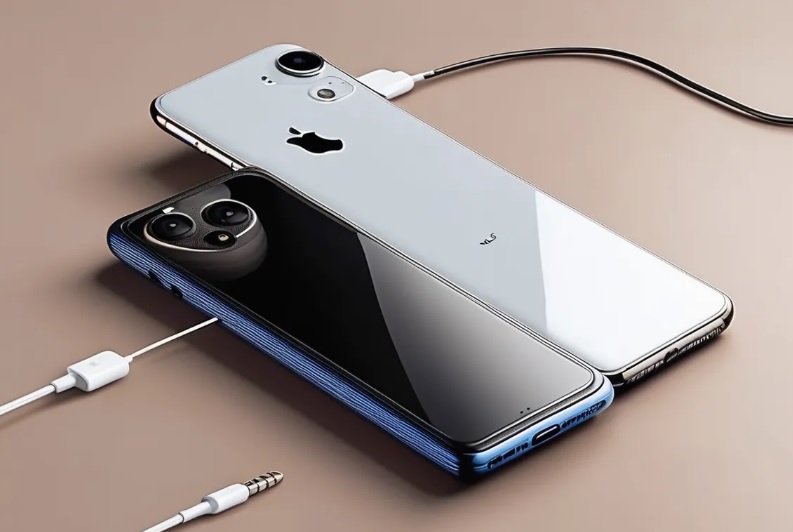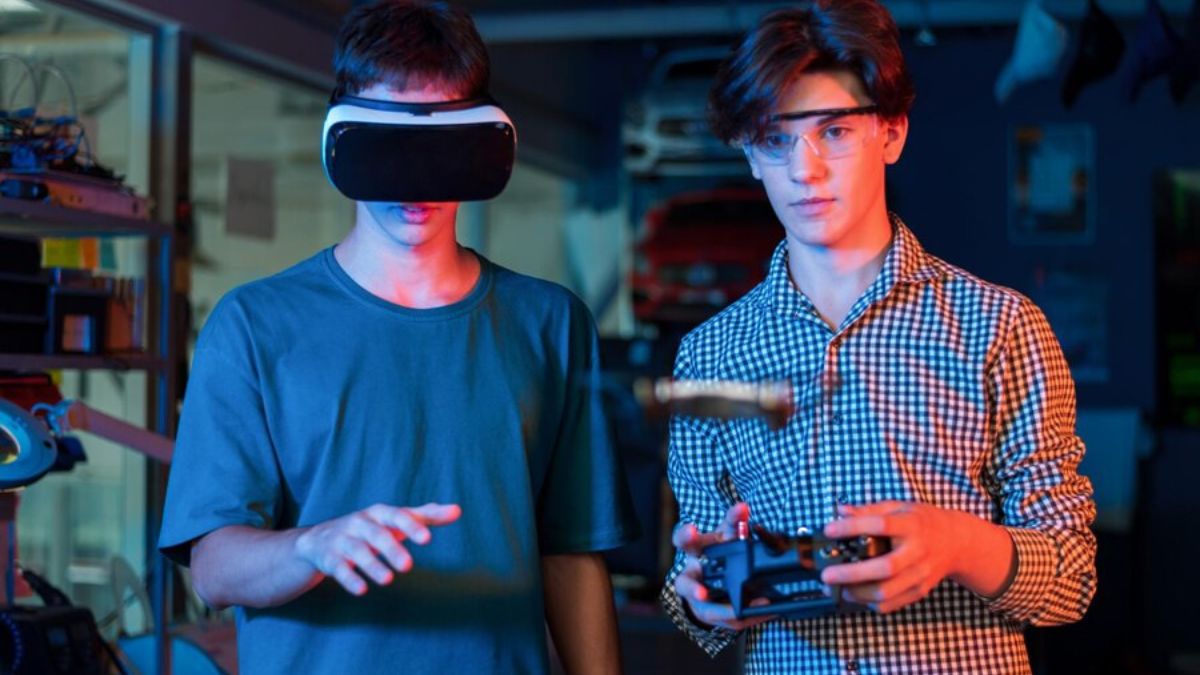Why is the unplugged phone look like a iPhone? This question often arises when we notice generic phones in media or illustrations that resemble Apple’s iconic design. The iPhone’s sleek and minimalist style has become a universal symbol of modern smartphones, influencing not just competitors but also how phones are represented in art, advertising, and entertainment. This article explores the reasons behind this phenomenon and why the iPhone’s design dominates the way we visualize phones.
In modern culture, the smartphone has become an indispensable symbol of communication, connectivity, and technology. Among all smartphones, the iPhone stands out as an icon that has significantly influenced the design and perception of mobile devices. It’s no surprise, then, that many representations of phones in media, illustrations, or generic devices often resemble an iPhone—even when they’re not explicitly labeled as one. But why is this the case? Let’s explore the reasons behind this phenomenon.
1. The Iconic iPhone Design
The iPhone, first introduced by Apple in 2007, redefined what a smartphone could look like. Its clean, minimalist design—with rounded edges, a uniform flat screen, and subtle detailing—set the standard for modern smartphones.
Today, whether you’re looking at real phones or their artistic representations, the design elements popularized by the iPhone have become a shorthand for “smartphone” in general. Its form is so universally recognized that even a generic phone depicted in cartoons, movies, or advertisements is likely to mimic its silhouette.
2. A Symbol of Modern Technology
The iPhone is not just a device—it’s a cultural icon. It represents innovation, sophistication, and a sleek user experience. Many creators, whether consciously or unconsciously, default to its design because it is universally understood. For example, if a drawing or scene needs to show someone using a smartphone, a device resembling an iPhone quickly communicates modernity and relevance to the audience.
3. Influence on the Industry
The iPhone’s success has heavily influenced the smartphone industry. Competing brands have borrowed heavily from Apple’s design philosophy to stay relevant. From edge-to-edge displays to camera placements, many non-Apple phones have adopted similar aesthetics, which has blurred the distinction between iPhones and other devices.
When generic smartphones are created for media or art, they often look like iPhones simply because many real-world devices already do.
4. Legal and Practical Considerations
Interestingly, media creators often deliberately design phones to resemble iPhones without being exact replicas. This strategy allows them to leverage the recognizability of the iPhone design without infringing on Apple’s trademarks.
For instance, a phone in a TV show or video game might have rounded edges and a centered home button—enough to suggest an iPhone without copying it verbatim. This approach avoids legal risks while maintaining visual familiarity.
5. The Power of Default Assumptions
Human psychology also plays a role in why we associate generic phones with iPhones. For many people, the iPhone was their first introduction to smartphones, making it the “default” image of what a smartphone looks like. Even those who don’t use iPhones often recognize its shape, creating a widespread mental association between the iPhone’s design and the concept of a phone.
6. Minimalist Design Trends
Apple’s philosophy of “less is more” has profoundly influenced product design across industries. The simplicity of the iPhone’s design makes it easier to replicate in a variety of contexts. Artists, animators, and set designers often rely on minimalist designs for ease and clarity, inadvertently creating something that looks like an iPhone.
Conclusion
The uncanny resemblance between unplugged phones in media or art and iPhones is no accident. It’s a combination of Apple’s cultural dominance, industry-wide design trends, and the iPhone’s iconic status as the quintessential modern smartphone. While other brands have made their mark, the iPhone remains a universal symbol of the smartphone era. So, the next time you see an unplugged phone that looks suspiciously like an iPhone, you’re witnessing the enduring influence of Apple’s design revolution.



